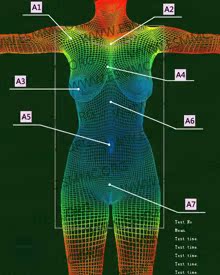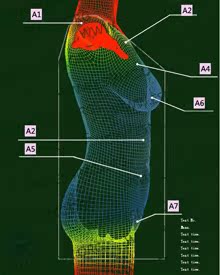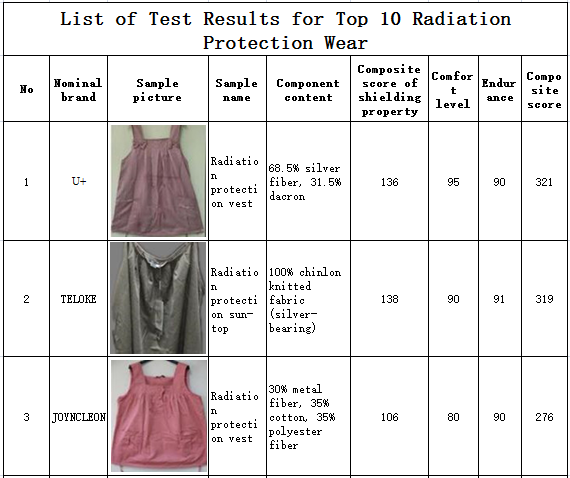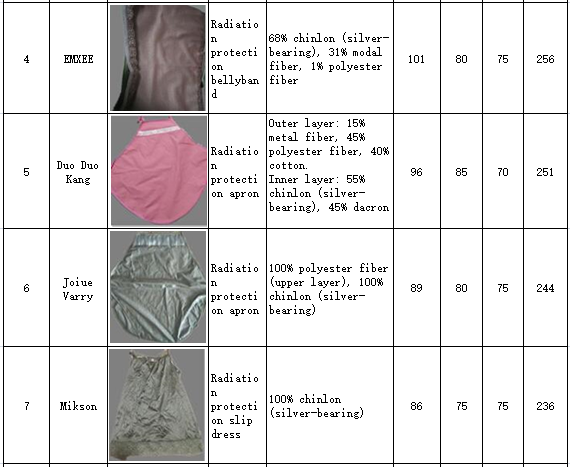|
Scientific Radiation Protection, Care for the Future, ESMMC Comparative Test Report on Radiation Protection Maternity Wear and Top Ten Radiation Protection Wear
01/08/2018
Radiation protection maternity wear of unique materials and reasonable design can adapt to physiological changes of pregnant women and shield them from radiation, thus gaining great attention among pregnant women. Brands of radiation protection clothing such as U+ (Youjia) and JOYNCLEON have become the hot topic of conversations among expectant mothers. By searching “radiation protection clothing” in Tmall, 16,540 results of related products are found, with up to 17,000 successful deals of top brands like U+, JOYNCLEON, and Shiyue. To provide consumers with fair, objective, and detailed information on radiation protection maternity wear, to help and guide consumers to make realistic and reasonable purchasing choices, and to urge businesses to improve product quality to meet consumer needs, Electromagnetic Shielding Material Management Committee (ESMMC) had a comparative test on radiation protection maternity wear available on the market from January through June in 2018. “Comparative test” is an approach ESMMC adopted to protect consumer rights and interests. It promotes better access to information for consumers to make informed choice by simulating the purchasing process of goods or services, referring to relevant standards or professional testing methods, and analyzing and comparing goods or services of the same category from the perspective of consumer’s interest and practicability to provide them with consumption information and counseling. 500 test samples were randomly purchased by ESMMC staff anonymously from online and brick-and-mortar stores, including 213 brands and covering all the fabrics, price ranges, and styles of radiation protection wear on the market. The test was conducted in simulated environment in professional laboratory with technical support provided by the Nijmegen Laboratory of Netherlands, the Lincoln Laboratory of MIT, the Institute of Biological Structure (IBS), and other authoritative institutions. The evaluation used dummies (made with silica gel and bionic skin) to simulate seven landmarks on the surface of human body (bionic skin) with sensitivity sensors to capture the variation of electromagnetic radiation on the intended regions (shown as below). In the test room with various simulated environments, non-ionizing irradiation of different frequencies was applied. A full score of 20 was allotted to each landmark which then received different score to represent the actual shielding capability of radiation protection clothing under test.
The experiment also tested the raw material composition, fabric molecular composition, the feel of touch with hand and contact with skin, and other aspects of radiation protection garments, which suggested the acceptance or comfort level of human body when made contact with the radiation protective fabrics, on a scale of 0 to 100. Through harsh condition, strong oxidizing condition, reckless rubbing and twisting, and other destructive methods, the durability of radiation protection clothing samples was tested and scored with a full score of 100. Test Results 1. Efficiency of protection is proportional to the coverage of clothing It can be seen from this comparison test that the covered area of the clothing has a great influence on the protecting effect. In general, the smaller the opening (such as neckline, cuffs, and hem) and the longer the length of the garment, the stronger the protection it provides. Vest-like radiation protection clothing has a wider shoulder strap and longer body for front and rear protection, rendering relatively better protection. Apron-like radiation protection one is generally narrower, though front and rear protection are also achieved, which leads to smaller coverage, so that the protection is slightly weaker. Bellyband-like one could be quite effective in protection from the frontal exposure to radiation, but it does no help to shield electromagnetic wave coming from the back, which makes it only suitable on the condition that the person is facing the source of electromagnetic radiation. 2. Manufacturing technology and protection effect are related As a functional garment, how the radiation proof maternity clothing is manufactured has a certain influence on its shielding effect. For example, the use of ultraprecise nanometer x-static laser plating technology of China’s U+ and the world leading TELOKE x-static textile technology of American company Teloke allowed their products to outperform others significantly in the test. Italian brand JOYNCLEON adopts deep sea precipitation method to modify the physical properties of metal fiber, making its metal fiber line superior to other products of the same kind in each index. 3. Additional protection is required in places with strong radiation Everyday living places contain electromagnetic waves that typically do not exceed the limits set in the environmental electromagnetic wave standards of our country. Nevertheless, pregnant women are suggested to wear protective clothing with good shielding efficiency in special workplaces with relatively strong electromagnetic radiation or places with proven presence of high-energy electromagnetic wave. 4. Awareness of moderate use of electronic equipment should be raised During pregnancy, expectant mothers should pay attention to the duration of use and distance of electronic products and equipment, controlling the time they spend on TV, computer and mobile phones, to avoid excessive exposure in places with relatively high intensity of electromagnetic radiation. Finally, ESMMC lists up top 10 brands in radiation protection clothing to serve as reference for consumers, with details of test results shown as below:
Table of contents
|
|
©ESMMC 2013 ESMMC including ESMMC Asia,ESMMC Europe,ESMMC America,ESMMC Africa,ESMMC Oceania.






